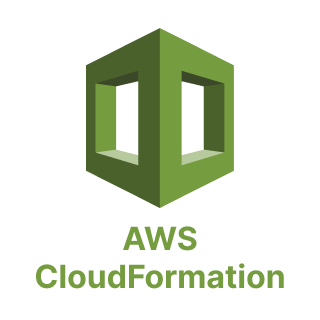
Swift and reliable delivery of applications
Responsive deployment and automatic scaling,
Running multiple workloads on the same underlying hardware.
Why AWS?
Efficient Application Delivery
With AWS, your applications are deployed swiftly and reliably. Experience responsive deployment and automatic scaling, ensuring optimal performance even during spikes in demand.
Resource Optimization
Maximize your hardware usage by running multiple workloads on the same underlying infrastructure. AWS's intelligent resource allocation lets you do more with less.
Enhanced Portability
Unlike traditional hosting solutions that tie you to specific hardware configurations, AWS provides seamless portability across diverse environments. Your applications run consistently across various platforms, minimizing compatibility issues.
Incremental Updates
Embrace lightweight and incremental updates. AWS promotes a modular approach, allowing you to update individual components without disrupting the entire application, ensuring a smooth user experience.
Automated Efficiency
Say goodbye to manual resource provisioning. AWS's automated tools analyze your application requirements and provision resources accordingly, saving you time and effort.
Version Control
Ensure consistent deployment with resource versioning. AWS enables you to manage and roll back to previous versions of resources, giving you more control over your application's evolution.
Resource Composition
Build on existing success. AWS lets you use proven configurations as templates for new resources, speeding up your development cycle.
Shared Resource Repository
Access a vast library of pre-built resources through AWS's marketplace and repository. Leverage the collective expertise of the community to enhance your projects.
Tools and Terminology
When navigating AWS, you'll come across various tools and terms, including:
AWS CloudFormation AWS EC2 Instances AWS Lambda Amazon S3 Amazon RDS Amazon ECS AWS CloudFormation AWS CloudFormation Each project on AWS starts with a script outlining instructions for resource creation and configuration. AWS CloudFormation automates the process of resource provisioning. This script, often in YAML or JSON format, contains a series of commands that AWS services execute to build the resources you need."

AWS CloudFormation
The starting point of any AWS project, it employs a script to automate resource creation and configuration, ensuring efficient resource provisioning.

Amazon EC2 Instance:
These scalable virtual servers power a diverse range of applications, offering optimal computing resources tailored to your needs.

AWS Lambda
A serverless compute service, AWS Lambda enables event-driven, code-triggered executions, enhancing application responsiveness.

Amazon S3
AWS's scalable storage solution ensures secure, reliable, and highly available object storage for various data types.

Amazon RDS
This managed relational database service simplifies database operations, offering scalability, reliability, and easy management.

Amazon ECS:
AWS's Elastic Container Service streamlines containerized application management, enabling efficient deployment and scaling.
Before Adopting AWS |
After Adopting AWS |
|---|---|
| Application Delivery: Manual and time-consuming application deployment process. | Efficient Application Delivery: Swift and reliable application deployment with responsive scaling. Applications can be rolled out quickly, adapting to varying demands. |
| Infrastructure Management: Complex and resource-intensive infrastructure management, requiring dedicated attention. | Streamlined Infrastructure Management: Simplified infrastructure management using automated tools, enabling resources to be provisioned and managed more efficiently. |
| Resource Utilization: Limited hardware optimization, often leading to underutilization of resources. | Resource Optimization: Maximizing resource utilization by running multiple workloads on the same underlying hardware, reducing wastage and cost. |
| Portability Challenges: Applications tied to specific configurations, causing portability issues across different environments. | Enhanced Portability: Seamless application portability across diverse environments, ensuring consistent performance and compatibility. |
| Updates and Maintenance: Cumbersome updates with potential disruptions to the entire application. | Incremental Updates: Lightweight and incremental updates for individual components, minimizing downtime and ensuring a smoother user experience. |
| Resource Provisioning: Manual resource provisioning, consuming significant time and effort. | Automated Efficiency: Automated resource provisioning based on application requirements, saving time and enhancing resource allocation. |
| Version Control: Lack of versioning capabilities for resources, making rollback difficult. | Version Control: Resource versioning ensures consistent deployment and provides a safety net for reverting to previous configurations. |
| Resource Creation: Building resources from scratch, leading to redundancy and inefficiencies. | Resource Composition: Leveraging existing resources as templates for new ones, accelerating development and maintaining consistency. |
| Resource Discovery: Limited access to pre-built resources, requiring extensive in-house development. | Shared Resource Repository: Accessing a vast library of pre-built resources through AWS's marketplace and repository, benefiting from community expertise. |
| Tool Complexity: Navigating various tools and manual scripts for resource creation and management. | Explore AWS Tools and Terminology: Using AWS services like CloudFormation, EC2 Instances, Lambda, and more, streamlining resource provisioning and management. |
